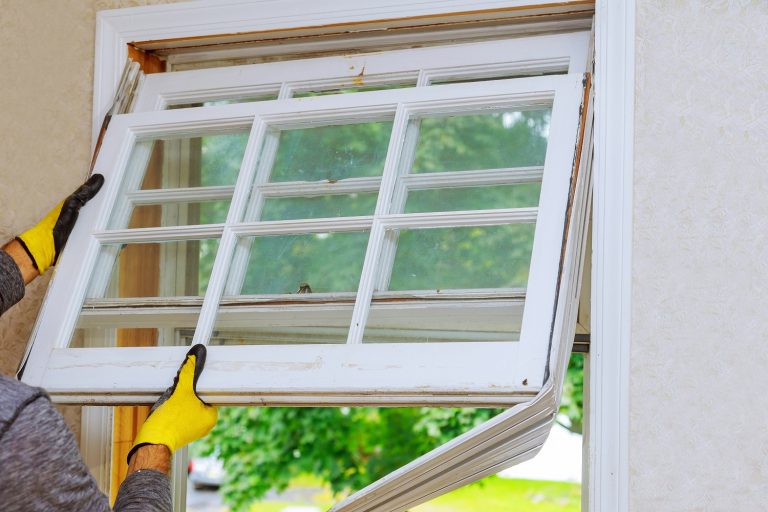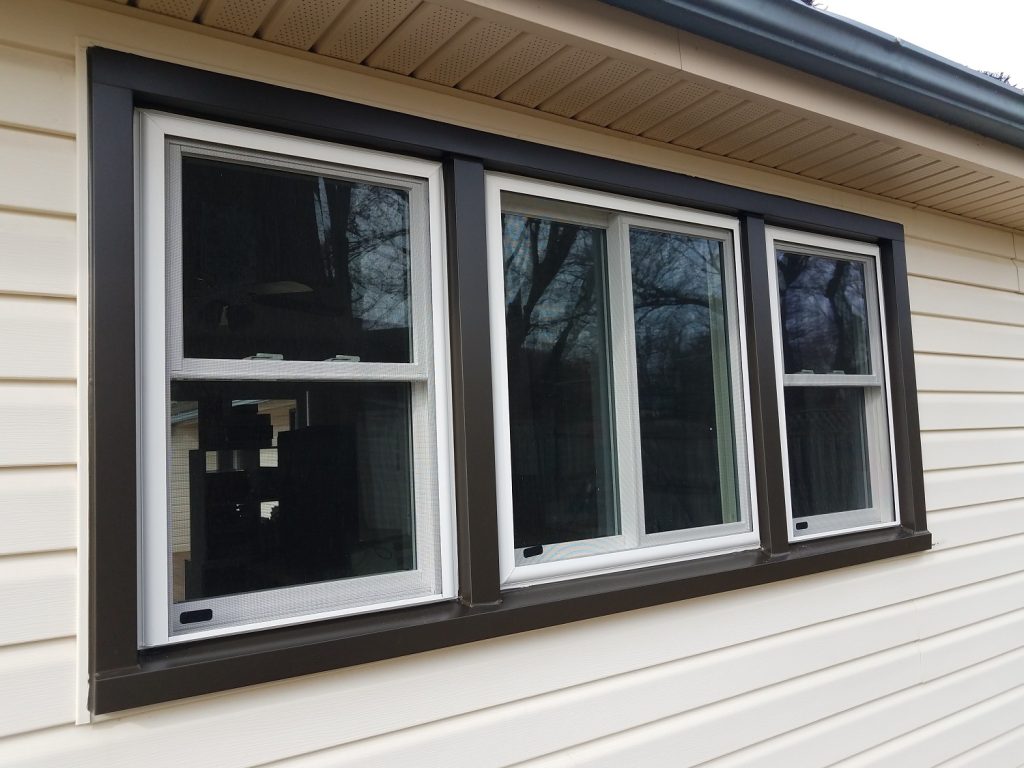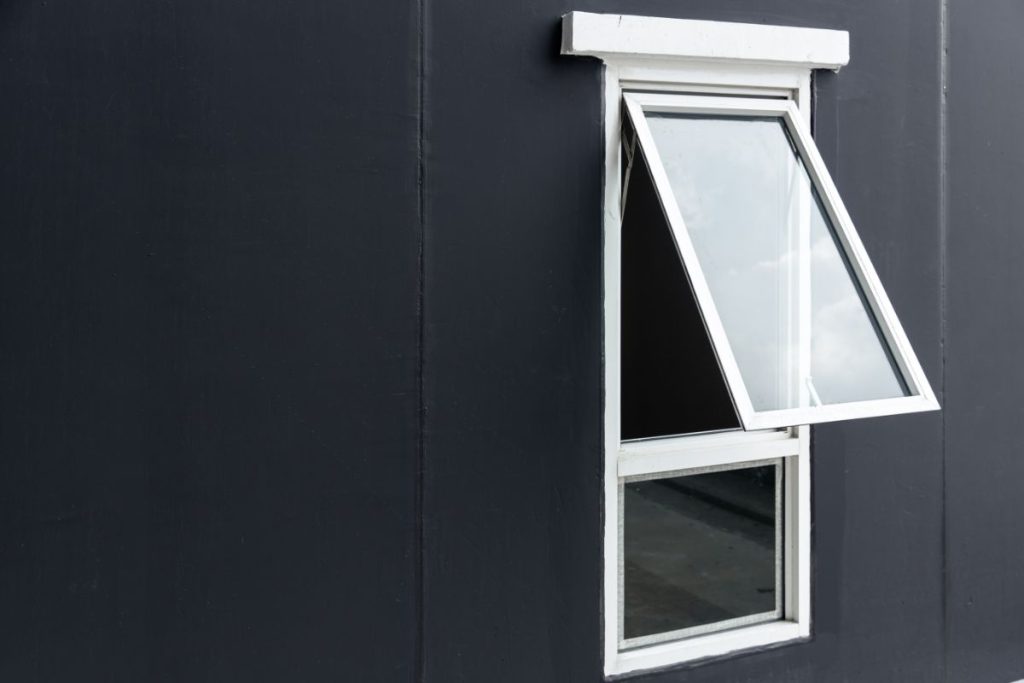
Double hung windows are a popular choice for homeowners due to their versatility and timeless design. Unlike single hung windows with only one operable sash, double hung windows have two straps that can be opened and closed independently. This feature allows for better ventilation and easier cleaning. In this ultimate guide, we will explore the pros and cons of double hung windows, compare them to single hung windows, discuss factors to consider when choosing double hung windows, and provide expert tips for installation.
Understanding the Difference Between Double Hung and Single Hung Windows

When selecting windows for residential or commercial buildings, it is paramount to comprehend the distinctions and unique features of various window types available in the market. Two predominant models that often come under discussion are single hung and double hung windows, which, despite their outward similarities, possess distinct functional disparities.
Single Hung Windows
Single hung windows, traditionally prevalent in many structures, are characterized by a stationary upper sash and a vertically sliding lower sash. The immobile upper sash significantly limits the operational flexibility of these windows. Despite this, single hung windows are widely appreciated for their classic appearance and, often, more affordable pricing when compared to other window types. Furthermore, these windows can offer a marginally enhanced energy efficiency due to the reduced number of moving parts, which can create fewer opportunities for air leakage.
Key Characteristics:
- Limited Mobility: Only the bottom sash is operable.
- Cost-Effective: Generally more economical than double hung windows.
- Energy Efficiency: Potential for slightly improved thermal performance.
Double Hung Windows
Conversely, double hung windows boast operational capabilities in both the upper and lower sashes, providing a broader spectrum of usability and convenience. The ability to manipulate both sashes allows for augmented ventilation, as the opening of the upper sash enables warm air to escape, while the lower sash permits cooler air to circulate. Additionally, the facilitated cleaning process, resulting from the tilt-in feature commonly found in double hung models, embodies a noteworthy advantage, especially for multi-story buildings where external window access can be challenging.
Key Characteristics:
- Enhanced Ventilation: Both sashes can be opened to optimize air flow.
- Convenient Cleaning: The sashes can typically be tilted inwards, simplifying maintenance.
- Versatility: Apt for varied architectural designs and aesthetic preferences.
Analyzing Comparative Aspects
While both window types exhibit visual congruencies, their operational differences underpin vital factors in the decision-making process. The choice between single hung and double hung windows often boils down to balancing budgetary constraints and desired functionalities.
- Budget Considerations: Single hung windows might be more appealing for budget-conscious projects due to their general cost-effectiveness.
- Ventilation and Usability: For projects where superior ventilation and ease of cleaning are prioritized, double hung windows may present a more fitting choice.
- Aesthetic and Historical Accuracy: Sometimes the selection might be influenced by aesthetic or historical accuracy, particularly in renovation projects where maintaining the architectural integrity of a structure is paramount.
Understanding the differences between single-hung and double-hung windows is important for making smart decisions that fit the needs and limitations of a building project. By carefully considering the functions, aesthetic options, and costs, both builders and residents can be sure that the window type they choose fits perfectly with their architectural vision and meets their practical needs.
Pros and Cons of Double Hung Windows

Like any other window type, double hung windows come with their own set of advantages and disadvantages. One of the major advantages of double hung windows is their versatility. With two operable sashes, homeowners can control the amount of airflow entering their homes, making it easier to regulate indoor temperature. Additionally, double hung windows are easy to clean, as both sashes can be tilted inward for convenient access to the exterior glass. On the downside, double hung windows tend to be more expensive compared to single hung windows, and their seal and insulation properties may not be as efficient.
Double Hung vs Single Hung Windows: Which Is Right for You?
When deciding between double hung and single hung windows, it’s crucial to consider your specific needs and preferences. If you prioritize better ventilation and easy cleaning, double hung windows are the way to go. However, if cost is a major concern and you don’t mind limited operability, single hung windows can be a more budget-friendly option. It’s also worth noting that double hung windows tend to have a more classic and elegant appearance, which may suit certain architectural styles better.
Factors to Consider When Choosing Double Hung Windows
If you’ve decided that double hung windows are the right choice for your home, there are several factors to consider before making a final decision. First and foremost, you should evaluate the energy efficiency of the windows. Look for models with low U-values and high Energy Star ratings to ensure optimal insulation. Additionally, consider the material of the window frames. Common options include wood, vinyl, and aluminum, each with its own advantages and maintenance requirements. Lastly, take into account the size and style of the windows to ensure they complement your home’s aesthetics.
Exploring the Different Parts of a Double Hung Window

To fully understand how double hung windows function, it’s helpful to familiarize yourself with their different components. The main parts of a double hung window include the frame, sashes, balance system, and hardware. The frame provides structural support and can be made of various materials. The sashes are the movable parts of the window, allowing for opening and closing. The balance system ensures smooth operation by counterbalancing the weight of the sashes. Finally, the hardware, such as locks and handles, allows for secure closure and ease of use.
Common Sizes and Dimensions of Double Hung Windows
Double hung windows come in a range of sizes and dimensions to accommodate various architectural requirements. The most common sizes include 24×36 inches, 36×48 inches, and 48×60 inches. However, custom sizes are also available to fit unique window openings. When selecting the size of your double hung windows, consider factors such as the proportionality to the wall, the amount of natural light desired, and the view outside. It’s recommended to consult with a professional window installer to determine the best size for your specific needs.
The Process of Installing Double Hung Windows

Installing double hung windows is a complex task that requires precision and expertise. It’s generally recommended to hire a professional window installer to ensure proper installation and avoid any potential issues down the line. The installation process involves several steps, including measuring the window opening, removing the old window, preparing the opening, installing the new window, and sealing and insulating the frame. A professional installer will have the necessary tools and knowledge to complete each step accurately and efficiently.
Expert Tips for Installing Double Hung Windows
While it’s best to leave the installation of double hung windows to the experts, here are some expert tips to keep in mind if you decide to take on the task yourself. First, ensure that you have the proper tools and materials before starting the installation. This includes measuring tape, a level, screws, caulking, and insulation. Next, carefully follow the manufacturer’s instructions for your specific window model. Pay attention to details such as proper positioning, sealing, and alignment. Finally, take your time and work methodically to ensure a flawless installation.
Can You Install a Double Hung Window Sideways? Exploring Installation Options

Double hung windows are designed to be installed vertically, with the top sash above the bottom sash. Installing them sideways is not recommended, as it can compromise the functionality and aesthetic appeal of the windows. However, if you’re looking for a side-to-side opening option, casement windows or sliding windows may be more suitable alternatives. These window types provide a horizontal opening mechanism while maintaining the benefits of ventilation and easy cleaning.
Double Hung Window Replacement: When and How to Do It
Over time, double hung windows may require replacement due to wear and tear or outdated design. If you notice signs of deterioration, such as draftiness, condensation between the glass panes, or difficulty in opening and closing, it may be time to consider replacement. When replacing double hung windows, it’s crucial to hire a professional window replacement service to ensure a seamless transition. They will assess the condition of the existing windows, recommend suitable replacements, and handle the installation process with expertise.
Conclusion: Making the Right Choice for Your Home's Windows
Choosing the right windows for your home is an important decision that can greatly impact its comfort, energy efficiency, and aesthetics. Double hung windows offer numerous advantages, including better ventilation, easy cleaning, and timeless appeal. However, they also come with some drawbacks, such as higher cost and potentially lower insulation properties. By considering factors like operability, energy efficiency, material, and size, you can make an informed choice that suits your needs and preferences. Whether you opt for double hung windows or another window type, consulting with professionals like Rhino Window Replacement San Francisco can ensure a successful window installation or replacement project.
Trust Rhino Window Replacement San Francisco if you need window replacement services.